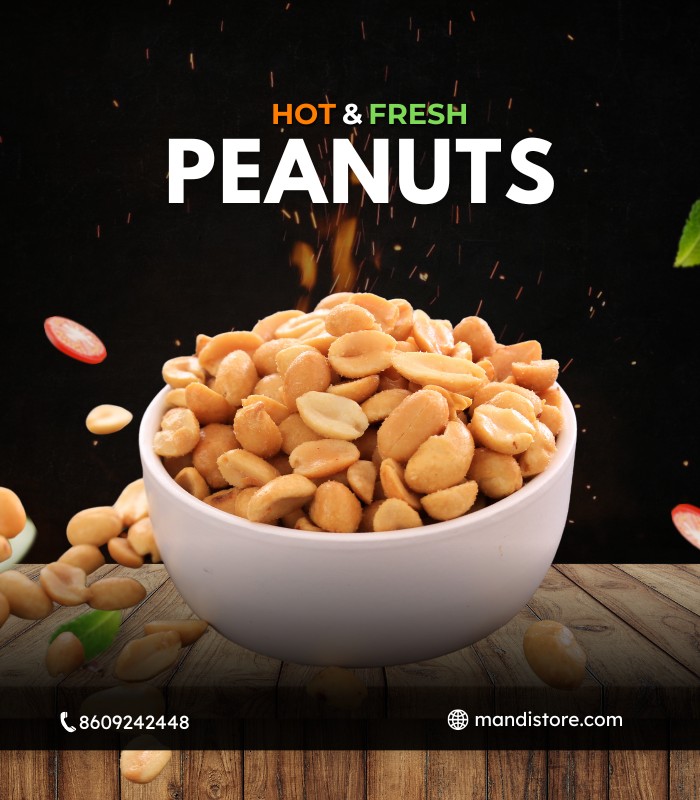Cashews, scientifically known as Anacardium occidentale, are kidney-shaped seeds that grow on the cashew tree, a tropical evergreen native to Brazil. Here’s a brief description:
- Origin and Cultivation:
Cashews originated in northeastern Brazil and were spread globally by Portuguese explorers. They are now widely cultivated in tropical regions, with major producers including India, Vietnam, Ivory Coast, and the Philippines. - Nutritional Value:
Cashews are rich in healthy fats (monounsaturated and polyunsaturated), protein, vitamins (such as B6, E, and K), and minerals (like magnesium, phosphorus, zinc, and iron). They also contain antioxidants and dietary fiber. - Uses:
- Food: Cashews are eaten raw, roasted, or as a base for dairy-free products like cashew milk, cheese, and butter.
- Culinary: They are used in both sweet and savory dishes, including curries, stir-fries, and desserts.
- Industrial: Cashew nut shell liquid (CNSL) is used in lubricants, paints, and waterproofing materials.
- Health Benefits:
- Heart Health: The healthy fats in cashews support cardiovascular health by reducing bad cholesterol.
- Bone Health: High magnesium content promotes strong bones.
- Weight Management: Their protein and fiber content helps with satiety.
- Harvesting and Processing:
Cashews grow attached to a cashew apple, and the seed is encased in a toxic shell that must be carefully removed during processing. This makes cashew production labor-intensive. - Allergies:
Cashew allergies are less common than peanut allergies but can still cause severe reactions in sensitive individuals.
In summary, cashews are a versatile, nutrient-dense nut with culinary, nutritional, and industrial applications, but their processing is complex due to the toxic shell.













Reviews
There are no reviews yet.